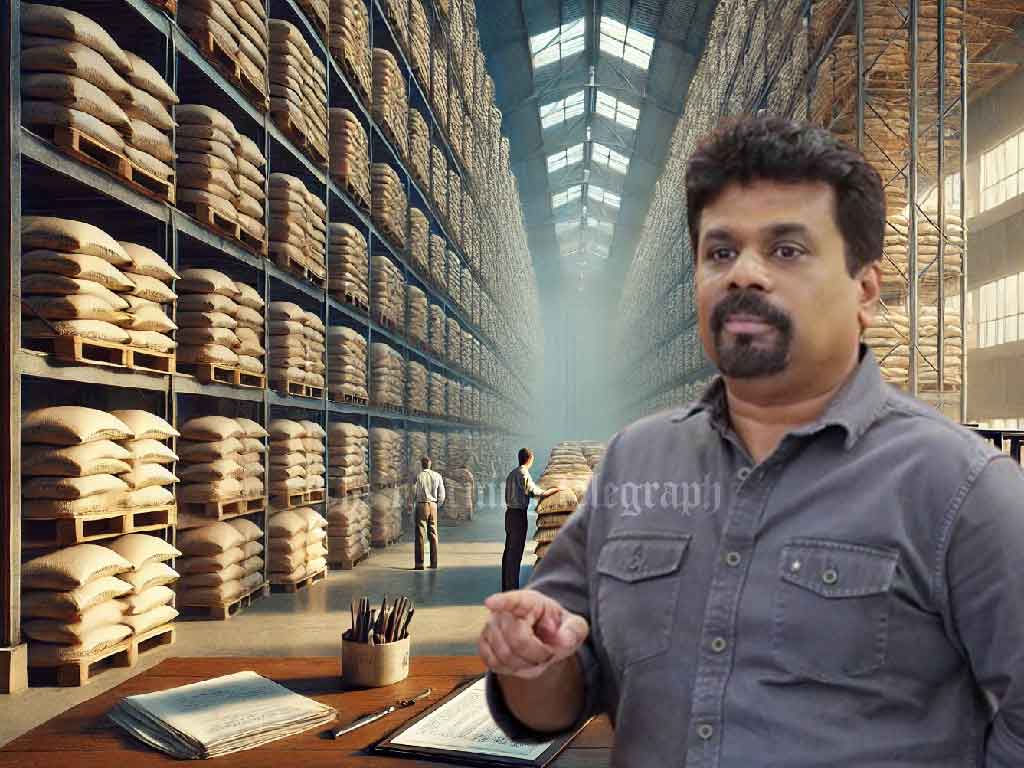
President Anura Kumara Dissanayake announced that Rs. 500 million has been allocated for the purchase of paddy, the highest amount ever allocated by a government for this purpose. Speaking at a gathering in Pitipana, Homagama, the President emphasized the government’s efforts to streamline paddy collection, storage, and monitoring to ensure transparency and prevent shortages.
“We have allocated Rs. 500 million for paddy purchases, the highest in recent times. Our warehouses, with a capacity of 300,000 metric tons, are being renovated. While we can’t purchase all the paddy produced, we plan to collaborate with private-sector collectors. They can store paddy in government warehouses, giving us an accurate account of the stock available,” the President explained.
To regulate the process, the government has made it mandatory for all paddy collectors and rice millers to register with the authorities. “No one who is not registered can stockpile paddy or mill it. In addition, registered entities must submit weekly reports on their paddy collections,” he stated.
The President highlighted a recent report from the Ministry of Agriculture, which revealed that one million metric tons of rice were unaccounted for. To address such discrepancies, he stressed the importance of accurate data and committed to implementing a robust system to track rice production, storage, and consumption.
“With government warehouses and private mill owners’ facilities combined, the storage capacity is around 600,000 metric tons. However, we still lack accurate data on how much rice is produced and consumed, which is critical for our staple food security. We are rapidly building a strong data system to address this gap,” the President said.
President Dissanayake assured citizens that the government is taking every measure to stabilize the rice market and enforce fair pricing. “Give me two weeks, and there won’t be a single grain of rice in the market sold below the guaranteed price,” he declared, underscoring the government’s commitment to addressing the nation’s food security challenges.




